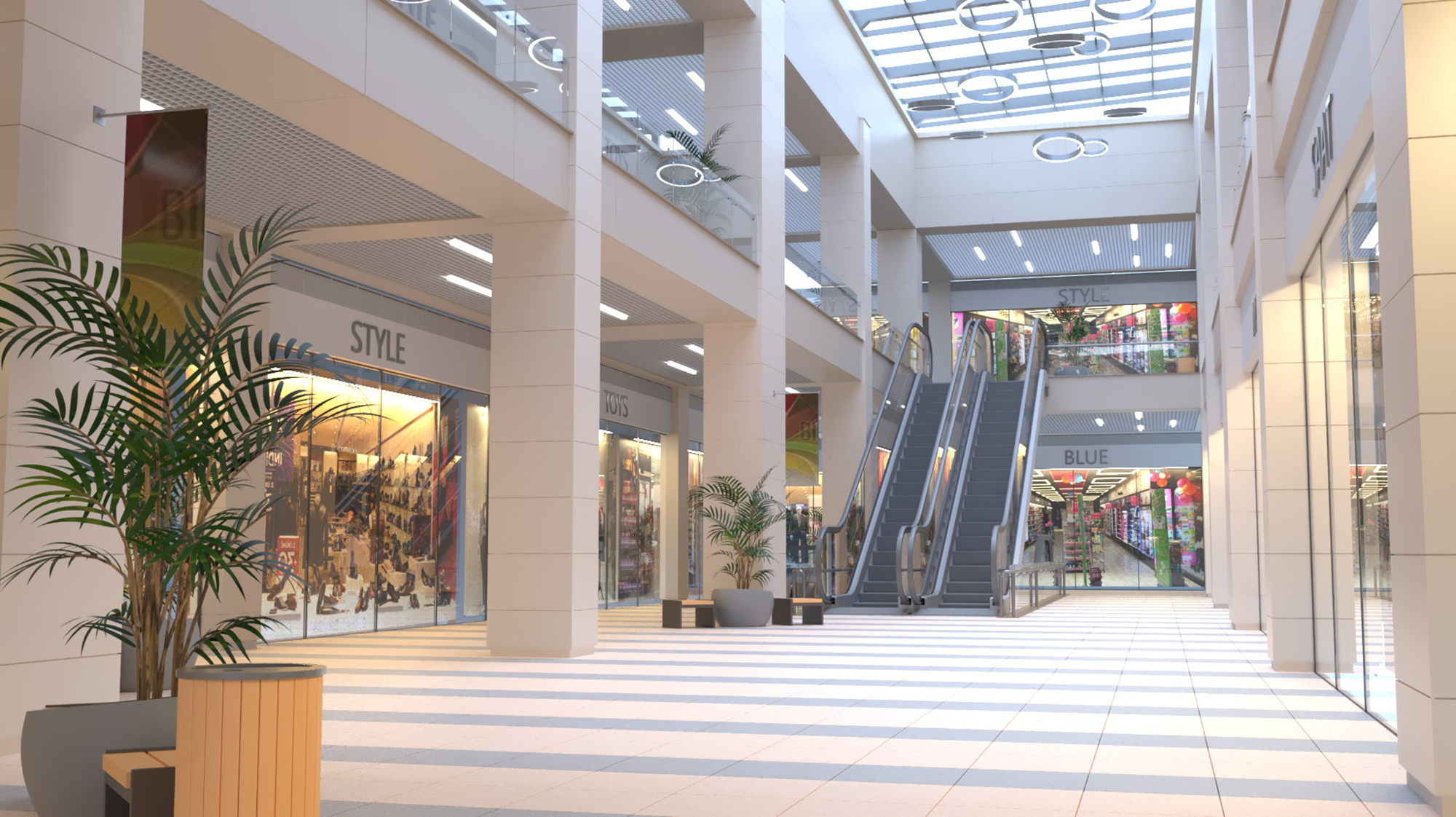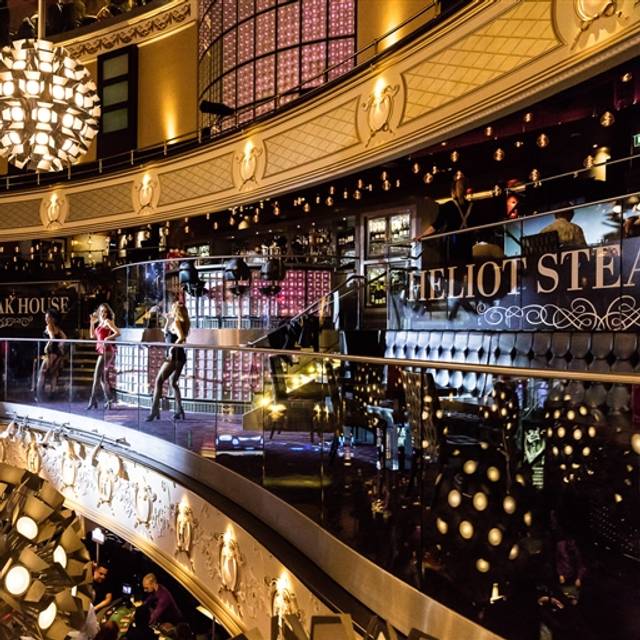Table Of Content

By carefully curating architectural elements, landscaping features, and interior design aesthetics, architects can transform malls into destinations that resonate with visitors on a deeper level. Whether it’s through immersive theming, interactive art installations, or engaging public spaces, place-making sets the stage for memorable experiences. We may not have the flying cars and sky-high, bubble-domed buildings that science fiction promised, but there are plenty of innovative ways to turn a tired shopping center into a futuristic consumer destination. By incorporating things like augmented reality, sustainability, unique experiences, leisure, and personalization into your mall design from the start, you’ll be well-poised to adapt to any challenges that come your way. Whether you’re building a mall from the ground up or taking over an existing building, it’s never too late to factor technology into the equation. You can keep tenants and consumers happy by integrating high-tech solutions designed to keep things running smoothly.
New design plans unveiled for East Columbia Library Park in Howard County
The quality of the pedestrian environment should be considered as a central defining aspect of the site layout and design theme for all types of commercial centers. Implementing smart parking systems, such as parking sensors or mobile payment options, streamlines the parking experience for visitors. Real-time availability updates and convenient payment methods save time and provide a hassle-free parking experience. Implementing energy-efficient systems, such as LED lighting, smart climate control, and solar panels, reduces the mall’s energy consumption and carbon footprint. These sustainable practices not only contribute to a greener environment but also result in long-term cost savings for the mall. Providing essential amenities and facilities within the mall enhances customer satisfaction and ensures a comfortable shopping experience.
Part 2. Why Choose an AI Brochure Maker?
The past few years have shown that’s not the case — retailers are opening new stores, and visitors are returning to shopping centers at rates at or above pre-pandemic levels. Shopping centers are continuing to thrive as they discover new ways to adapt to increased consumer demand for physical spaces that bring retail, entertainment, and dining options into a single location. As architects, our task is to design spaces that not only showcase products but also inspire exploration and discovery. By incorporating flexible floor plans, innovative merchandising strategies, and experiential retail concepts, architects can create retail environments that engage all the senses and drive foot traffic. From flagship stores to pop-up shops and curated marketplaces, the possibilities are endless. At the heart of mall design lies the concept of place-making – the art of creating spaces that evoke emotion and foster connection.
What Is Shopping Center Architecture and How Does it Affect the Customer Experience?
Once all the information is selected, choose the required design from all the available templates to make your brochure visually pleasing. Finally, you can access the created design within the editor to apply the required changes to the brochure. Once you have downloaded PDFelement AI brochure creator, launch it on your device to start the brochure-generating process. Now, hit the “Plus” icon beside the “Open File” button to access the file creation drop-down menu.
Mall Design :10 things to remember while designing shopping malls
In today's retail landscape, shopping centers are evolving beyond mere shopping destinations to become vibrant hubs of community life. Here are three strategies from Nadel Architecture + Planning for creating strong local connections. Nowhere has the concept of “suburban sprawl” been exemplified better than at the malls of the past. In more urban areas, floor upon floor of helical parking structures sat adjacent to retail destinations. For much of the mall’s history, up until very recently, its viability has been beholden to whether or not it can be adequately parked. Tagged as the world’s most sustainable shopping center, this suburban retail precinct has 2000 sq.
Why you almost never see a clock at the mall - The Hustle
Why you almost never see a clock at the mall.
Posted: Fri, 23 Feb 2024 08:00:00 GMT [source]
Security and accessibility
Other than that, marketers get the chance to set the tone of the brochure content to determine how they want to engage with the target audience. You can follow the steps explained below to create an AI brochure using this tool without any problem. After opening the template with this brochure maker AI tool, click on the “AI” icon on the right toolbar to reveal the AI sidebar window. Now, switch to the “Chat with AI” tab and write a prompt in the text box to generate content for the brochure. In addition, you can prompt the translation of marketing content into different languages for a global reach.
Springfield Crossing design concept at former Eastfield Mall property - WWLP.com
Springfield Crossing design concept at former Eastfield Mall property.
Posted: Mon, 23 Oct 2023 07:00:00 GMT [source]
Top 5 AI Brochure Makers to Help in Marketing Products

It is a place where people love to spend their time, mainly for 3 reasons – entertainment, dining, and leisure. The best way to get visitors to all the stores in your mall is to make sure they actually know about them, and the most direct way to build awareness is to implement a ready-made concierge service. In the past this could take the form of a dedicated information desk or prominently displayed map kiosks, and these still have their place in modern mall designs. However, modern solutions allow customers to access all the information they need directly from the smartphones in their pockets. Either way, tenants will benefit from a greater understanding of their offerings, and customers will too. Since their ascension to popularity in the 1950s, malls have united American communities, serving as the U.S. equivalent of the European town center.

The Superette on the Boston, MA Seaport is one of the most recent additions to this emerging trend, combining living spaces, retail, dining, art, and culture all within a singular, well-planned space. Cozy seating areas, lounges, and event spaces encourage visitors to linger, connect, and make memories. Toronto’s Eaton Centre has a stunning urban park-inspired atrium that serves as a communal hub. Once you reach a new Visme AI Designer screen, write your prompt in the text box to tell AI about your design. You can proceed to have a detailed conversation with AI to get the design you want.
Custom-made map of a shopping center, complete with a full legend and color coded buildings to make the map easy to understand and visually appealing. One of the largest malls in Canada, this mall has several attractions other than its 800 stores and 100 dining outlets. The main feature is the World Water Park, with the world’s largest indoor wave pool. Energy-efficient buildings are the need of the day, especially malls, where there is a high requirement of lighting, air conditioning, and ventilation, which leads to large amounts of carbon emissions.
AI systems will analyze massive amounts of consumer data to diagnose and delegate the optimal use of space in a center to inform the districting and leasing of tenants. This extends beyond retail, allowing for a truly mixed-use space that blends seamlessly into the city’s fabric. AI will also make the mall of the future more sustainable, using data to allocate energy consumption in the most efficient way possible.
But in large sites where there are numerous buildings and distributed parking, connecting the dots becomes a bit critical. But it can be solved by providing simple road layouts and circulation pathways, shuttle bus or go-kart services in the site, clear signage, and sidewalk connections. This mall has several retail stores housing international brands along with a rooftop terrace garden with lush green trees, steps surrounding the skylight, and countless seating areas filled with greenery.
Strategically placed seating areas, equipped with comfortable seating options, provide visitors with places to rest, socialize, or enjoy a quick break. Incorporating natural elements, such as indoor gardens or water features, creates a calming and rejuvenating ambiance. Creating a variety of dining options, ranging from quick-service food courts to upscale restaurants, caters to different tastes and preferences. Theme-based dining areas or unique culinary experiences can make the mall a destination for food enthusiasts. The incorporation of entertainment and recreation zones within a mall attracts a wider audience and encourages longer visits.













